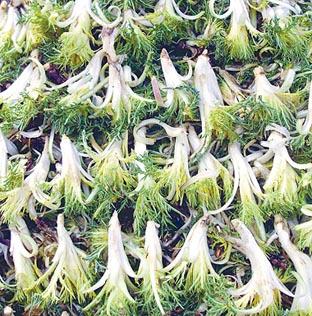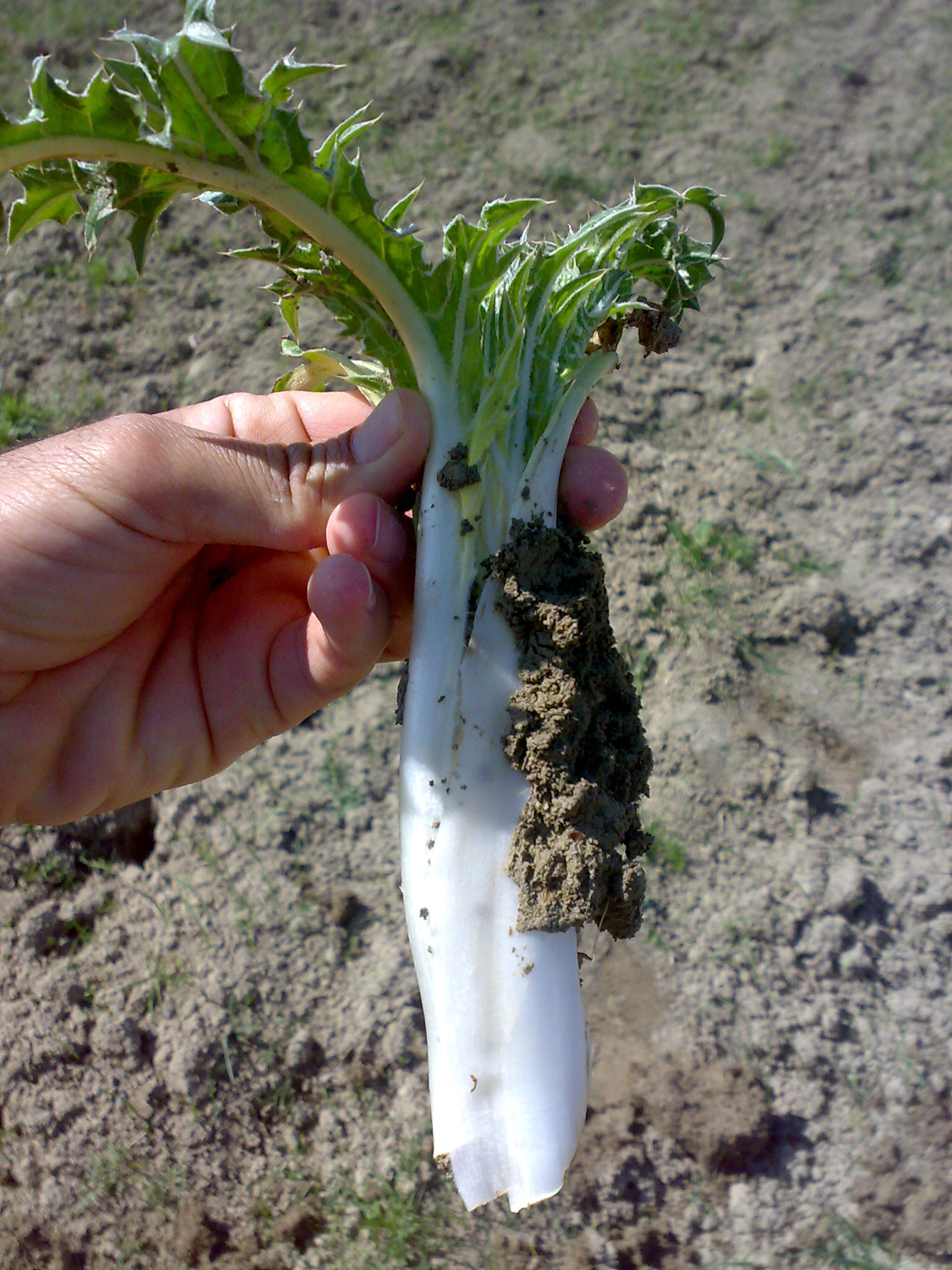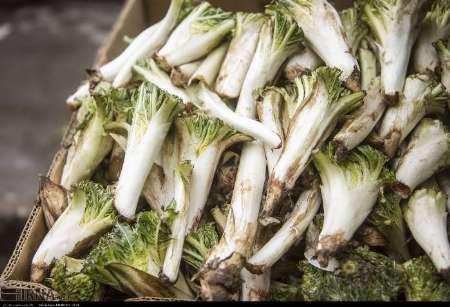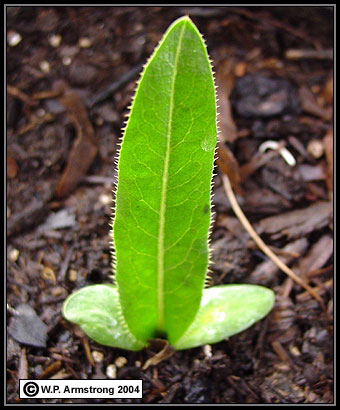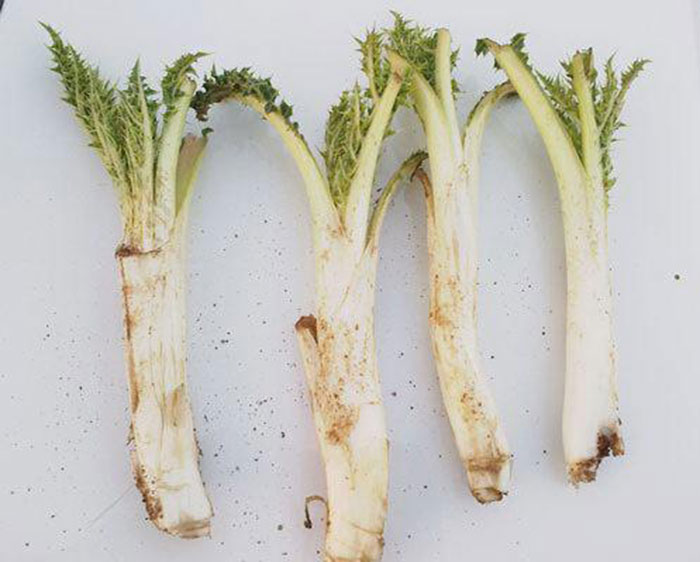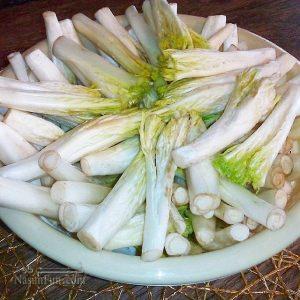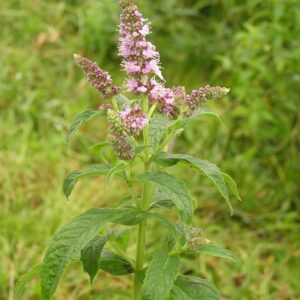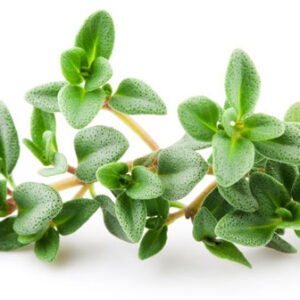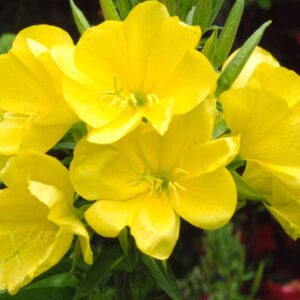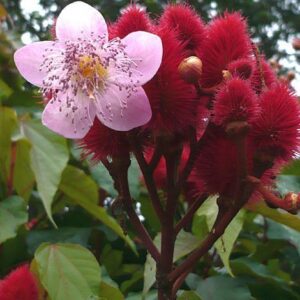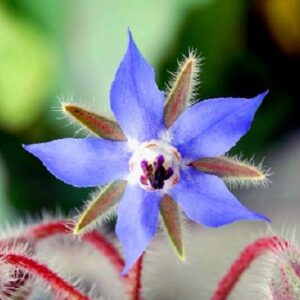توضیحات
کنگر شیرازی گونه ای از سبزیجات بهاری در شیراز، استان فارس و بیقه استان های کشور است که در شهر شیراز طرفداران زیادی دارد و بعد از جدا کردن تیغ ها تمام قسمت های گیاه خوراکی است. به صورت خام یا همراه با ماست (ماست کنگر) یا به صورت خورشت (خورشت کنگر با زعفران) یا پخت همراه با پلو (پلو کنگر بابونه) به تمام این مدل ها خورده میشود. طعم آن شبیه کنگر فرنگی یا مارچوبه است و خواص زیادی برای کبد یا جگر انسان دارد
این گیاه به صورت وحشی رویش دارد و کاشت تجاری آن توسط تیم بانک بذر جنوب چند سالی هست که آغاز شده است و قبل از آن فقط به صورت وحشی رویش داشته است
بانک بذر جنوب امیدوار است با کاشت تجاری این محصول بتواند خواص دارویی و طعم عالی این گیاه را در دسترس تمام شهر های ایران و کشور های دیگر نیز قرار دهد
Gundelia is a low to high (20–100 cm) thistle-like perennial herbaceous plant with latex, spiny compound inflorescences, reminiscent of teasles and eryngos, that contain cream, yellow, greenish, pink, purple or redish-purple disk florets. It is assigned to the daisy family. Flowers can be found from February to May. The stems of this plant dry-out when the seeds are ripe and break free from the underground root, and are then blown away like a tumbleweed, thus spreading the seeds effectively over large areas with little standing vegetation. This plant is native to the eastern Mediterranean and the Middle-East. Opinions differ about the number of species in Gundelia. Sometimes the genus is regarded monotypic, Gundelia tournefortii being a species with a large variability, but other authors distinguish up to nine species, differing in floret color and pubescence. Young stems are cooked and eaten in the Middle-East and are said to taste like a combination of artichoke and asparagus. The plant also contains compounds that have been demonstrated to be effective against a range of ailments. A large quantity of pollen assigned to Gundelia has been found on the Shroud of Turin, which may suggest that the crown of thorns was made from Gundelia, but this finding has been contested
It’s called Akkoub (Arabic: عكوب) in Arabic, silifa in Greek, Akuvit ha-Galgal (Hebrew: עַכּוּבִית הַגַּלְגַּל) in Hebrew, Kangar (Armenian: կանկառ) in Armenian and Persian, Kenger in Turkish, and Kereng in Kurdish. It’s called tumble thistle in English
Early in the year, Gundelia plants are cut at the base and the thorns are removed. Leaves, stems, roots, and particularly the undeveloped flowerheads can be eaten. The base of the young leaves which is still under the surface is used by Bedouin and Arabs to make akkub soup. In the West Bank young flowerheads, stems and leaves are fried in olive oil, mixed with a stew of meat chops until well done, and served mixed with yogurt. Gundelia is said have a taste between asparagus and artichoke. Another dish is to put a trimmed inflorescence in a meatball, fry these in olive oil and then simmer them in a sauce containing lemon juice. In rural communities in Kurdistan, Gundelia is still being used as a vegetable, but in Israel collecting for the market resulted in a decline in the plant population and collecting is restricted to personal use
A chewing gum can be made from the latex, a fact that is already mentioned by Tournefort in 1718, and is called “kenger sakizi” in Turkish. The fruits as well as roots can be roasted and ground to be used as substitute coffee, and is known as “kenger kahvesi”. In recent times, mature seeds have been used to extract oil. Remains of charred inflorescences of Gundelia from the neolithic found in Turkey and Irak indicate that oil was pressed from the seeds as long as at least 10,000 years ago
The cypselas contain almost 7% oleic acid and 12½% linoleic acid, making the oil comparable to soybean, corn, sunflower and sesame oils. Commercial use would be dependent on plant breeding to improve crop yield, suitability for harvesting and for food processing, such as selection of spineless plants
Medical uses
Traditionally, Gundelia is used to treat a wide variety of ailments such as liver diseases, diabetes, chest pain, heart attacks, pain in the chest and the stomach, leukoderma, diarrhea and bronchitis. In addition hypoglycaemic, laxative, sedative, anti-inflammatory, anti-parasite, antiseptic and emetic effects have been claimed, as well as improvement of the gums and curing spleen enlargement. Proven effects include antibacterial, anti-inflammatory, hepatoprotective, antioxidant, antiplatelet and cholesterol suppression
Seeds germinate slowly and may take several years. Seedlings can be planted outside but required light, well-drained soil, and protection against frost. Growth is slow during the first year. Plants can be grown in the rock garden, or on raised beds. Gundelia is probably hardy to about −15 °C when the drainage is good. Plants have been grown intermittently at the École de Botanique and in what is currently known as the Jardin des Plantes, Paris, since the 18th century
العَكُّوب
(الاسم العلمي: Gundelia) هو جنس نباتي يتبع فصيلة النجمية من رتبة النجميات، وهو نبات شائك ويصنف من النباتات الزهرية أو كاسيات البذور
يتواجد بالمناطق الجبلية غالبا، وموطنه في لبنان وفلسطين والأردن وسوريا والعراق وإيران وأذربيجان وأرمينيا وتركيا.
الموسم والاستخدام:
يعتبر العكوب من النباتات القابلة للأكل في نهاية فصل الشتاء وبداية فصل الربيع في شهري فبراير ومارس من كل عام، ويطبخ في منطقة بلاد الشام مع اللبن أو الطماطم بالإضافة لقطع اللحم.
ويصبح النبات تدريجيا أكثر جفافا خلال الصيف، وتنمو الأشواك بشكل أكبر ويتحول اللون إلى الأصفر، وبفعل الرياح يتم نشر بذور العكوب الجافة إلى الأرض لمحصول العام التالي.
